This August commemorates our 53rd fall of banding landbirds. Kathleen (Betty) Anderson started landbird banding studies at the Manomet property in 1966 because the terrain was ideally suited for concentrating migrating landbirds, and with the help of others formed Manomet Bird Observatory in 1969. Betty was deeply committed to long-term research because she believed it was essential for understanding long-term environmental change. Thanks to Betty and her commitment, the research that began in 1966 continues uninterrupted at Manomet today.
From now until November 15, our dedicated banders and landbird staff will be working Mondays through Fridays from dawn to dusk to maintain our 53-year-old migration dataset. But, in addition to doing solid science, the team also prioritizes community engagement and connecting people to the natural world. Our banding lab team has as strong of a reputation as educators as they do being scientists.
We have hosted almost 50,000 visitors to the lab since beginning in 1966—or about 1,000 people each year—and welcome people of all ages, backgrounds, and interest levels to come and experience what it’s like to work as an avian research technician (by appointment, please). What can you expect when you pay us a visit? We can’t promise you’ll see a bird in the hand—depending on when you come and how long you stay—but we can promise a closer look at what we do and a chance to get to know the scientists behind it all.



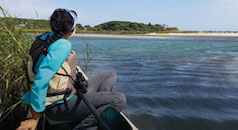
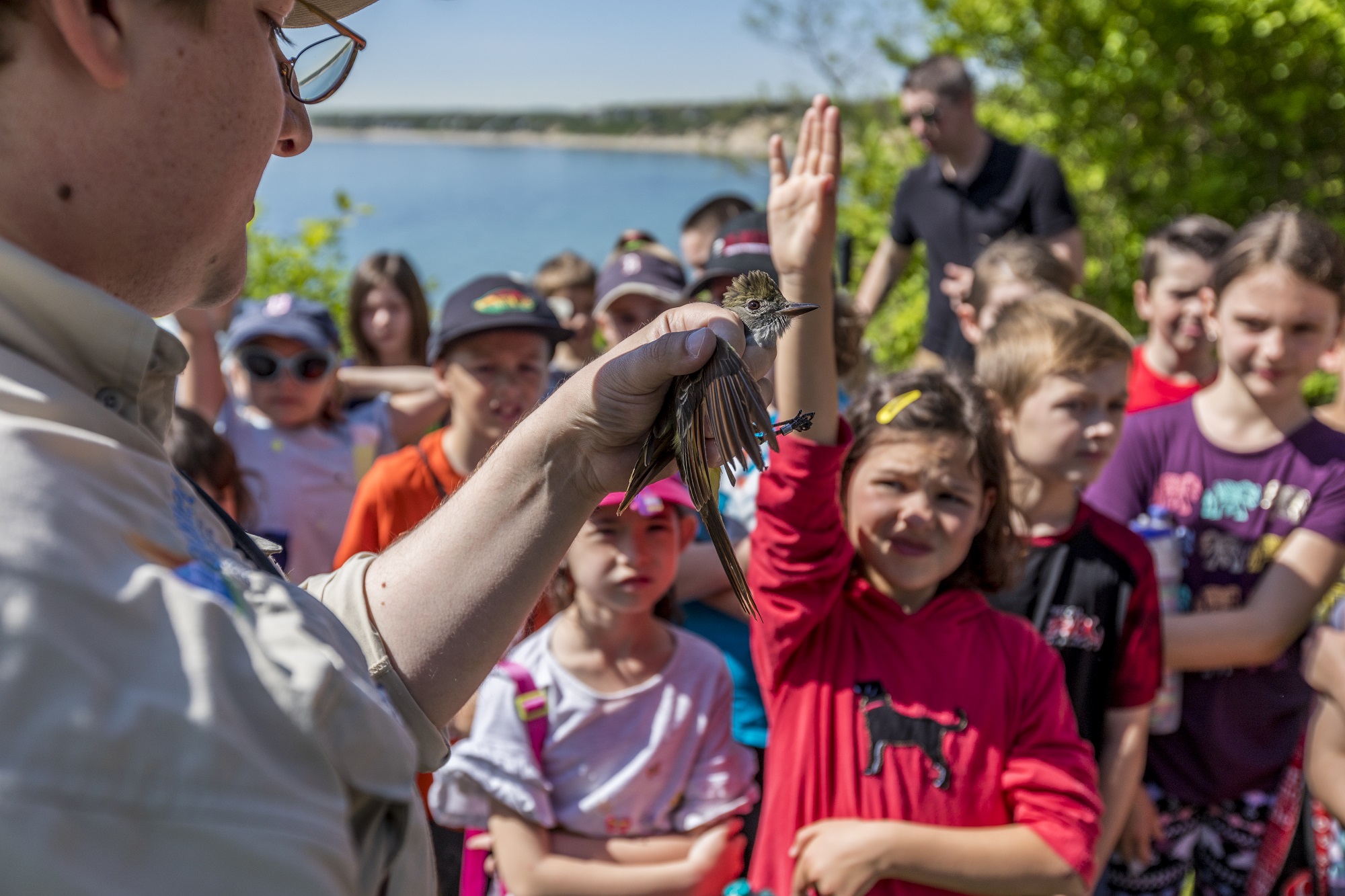
 Back to all
Back to all
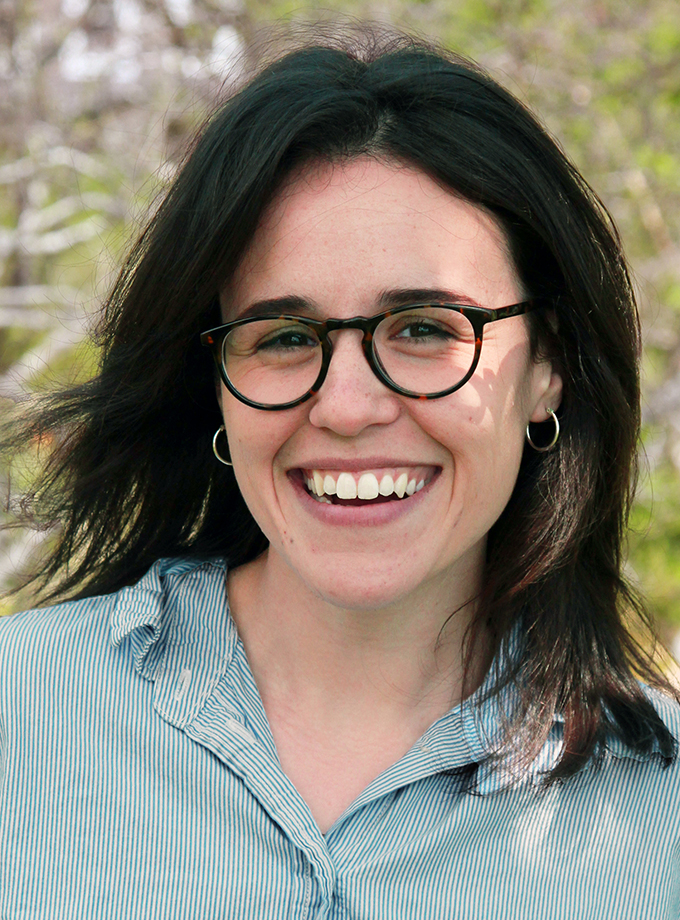
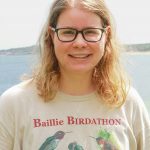
 Since graduating from the University of Florida in 2017 with a degree in Wildlife Ecology and Conservation—and a focus on Avian Ecology—Brittany has worked bird-related field jobs in multiple places including California, the Everglades, and now here at Manomet. She is a NABC certified bird bander and loves banding with a passion. She hopes to eventually head to graduate school and obtain a Ph.D., during which she plans to focus on the effects of anthropogenic climate change on at-risk avian species.
Since graduating from the University of Florida in 2017 with a degree in Wildlife Ecology and Conservation—and a focus on Avian Ecology—Brittany has worked bird-related field jobs in multiple places including California, the Everglades, and now here at Manomet. She is a NABC certified bird bander and loves banding with a passion. She hopes to eventually head to graduate school and obtain a Ph.D., during which she plans to focus on the effects of anthropogenic climate change on at-risk avian species.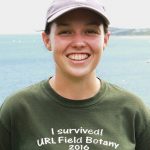 A returning spring 2018 bander, Megan comes to us after a summer working in the Avian Physiology lab at the University of Rhode Island on nutritional analysis of fruit samples. She also just finished up assisting a graduate student locating radio-tagged American Woodcock throughout Rhode Island’s woodlands. She graduated in May 2017 from the University of Rhode Island and studied Wildlife Conservation Biology, minoring in Biological Sciences. Before coming to Manomet, she worked as a field technician doing tick research on Block Island and as a waterfowl intern for the Rhode Island Department of Environmental Management.
A returning spring 2018 bander, Megan comes to us after a summer working in the Avian Physiology lab at the University of Rhode Island on nutritional analysis of fruit samples. She also just finished up assisting a graduate student locating radio-tagged American Woodcock throughout Rhode Island’s woodlands. She graduated in May 2017 from the University of Rhode Island and studied Wildlife Conservation Biology, minoring in Biological Sciences. Before coming to Manomet, she worked as a field technician doing tick research on Block Island and as a waterfowl intern for the Rhode Island Department of Environmental Management. Nick was first introduced to Manomet on a school trip during his second year at Wheaton College, where he studied Environmental Science. This season marks his first official banding job, though he volunteered at the lab in spring 2018. Much of Nick’s previous experience is with shorebirds, and he’s studied breeding Piping Plovers and Least Terns for three summers in coastal Massachusetts. He’s excited to expand his skillset with us this fall—and we’re excited to have him!
Nick was first introduced to Manomet on a school trip during his second year at Wheaton College, where he studied Environmental Science. This season marks his first official banding job, though he volunteered at the lab in spring 2018. Much of Nick’s previous experience is with shorebirds, and he’s studied breeding Piping Plovers and Least Terns for three summers in coastal Massachusetts. He’s excited to expand his skillset with us this fall—and we’re excited to have him!